Issue 32 : 16 June 2019
Talofa Lava, Kia Orana, Malo E Leilei, Tena Koutou, Hello ...
... and welcome to the latest issue of “For The Love Of The Game”, the official e-zine of the New Zealand Amateur Sport Association Inc. We hope you enjoy reading the articles below.
If you have any feedback on this issue, ideas for future articles, or would like to contact the Editor, please click here. And, you are invited to forward the e-zine to others you know, who may be interested in reading it.
If you are interested in applying for membership of the Association, please click here.
Association Invites NSOs To Adopt Code ...
This Association encourages National Sporting Organisations (NSO) to adopt a new Code which places youth at the centre of decision-making involving their sporting participation. The Code, which NSOs are invited to voluntarily adopt, has been developed in response to increasing concern over the promotion of high-performance-development relative to life-long-participation.

Association Chairman, Gordon Noble-Campbell, notes that the attraction of sporting careers needs to be well-balanced with the social good that simply comes from being part of a local sports community. “The Code brings into focus the true purpose of sport in our lives as New Zealanders and will help young people and their families develop a relationship with their chosen sport(s) centred on a “love of the game”.
You can download the new Code, by clicking here.
Mental Illness Is Greatest In Cricket ...
Those playing or working in grassroots sport were more likely to currently experience mental illness (45%) compared with to those in high-performance sport (37%), according to a new study undertaken by Edge Hill University in England, in partnership with DOCIAsport.
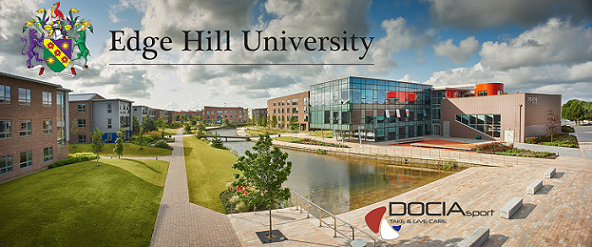
Anxiety, depression, panic disorders, self-harm, PTSD and OCD were the most commonly reported illnesses for men and women, with men also reporting conditions such as substance use disorders (including alcohol) and women anorexia and bulimia.
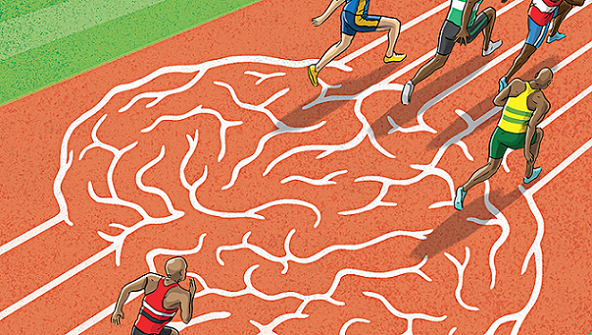
(Approximately 1 in 4 survey respondents said they currently experience mental illness)
Experience of mental illness at some point in life was highest in hockey (79%), followed by climbing/mountaineering (78%), exercise and fitness (69%), cycling (64%), running (61%), triathlon (60%), rugby union (59%), swimming (56%), athletics (55%), golf (54%), multi-sports and rugby league (both 52%), football (52%) and netball (50%).
Current mental illness was most common in cricket (60%) followed by climbing/mountaineering (57%), rugby league (55%), multi-sports (46%), exercise/fitness (43%), rugby union (41%), football (40%), swimming (39%), cycling (38%), athletics and triathlon (both 33%), golf (32%), running (27%), netball (22%) and hockey (20%).
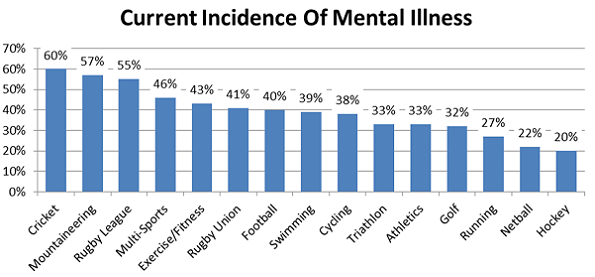
Over one-half of coaches (55%) and athletes/players (57%) had experienced mental illness, while 44% and 39%, respectively, currently did so. Volunteers also reported high levels of lifetime mental illness (64%), with 47% currently experiencing mental illness.
As a former footballer who participated in the survey noted, “I was released from a professional contract at 19 years old and struggled for many years with my identity. I often identified myself as a failed footballer and couldn’t see a future. Living like this led to issues with alcohol and gambling. I graduated from university but didn’t see this as a success.”
You can read more about the survey by clicking here.
Auckland Council Regional Sport and Recreation Grants Programme ...
Thirteen organisations across Auckland will receive a combined $508,000 of operational funding as part of Auckland Council’s regional sport and recreation grants programme. Funding will primarily be used for coaching and staff, venue hire, administration costs and equipment.

Among the current grant recipients are Bowls New Zealand who receive $10,000 for “Barefoot Bowls”, Tuileapa Youth Mentoring Services receive $14,900 for a youth basketball programme and Netball Northern receive $55,000 for Junior Netball. Nearly half of the funding, ($200,000) has been granted to the John Walker Find Your Field of Dreams Foundation.
Viewpoint : On The Art Of Dissembling ...
Who is to blame for the “alarming spike in sports injuries in children [which] has been linked to early specialisation in sport”? Following extensive media coverage of ACC’s most recent survey of sports injuries, a casual observer could be forgiven for thinking that the problem lies with over-zealous parents and coaches. While the fruit of the problem can be seen in the injury statistics, it is more probable that the root of the issue lies elsewhere.
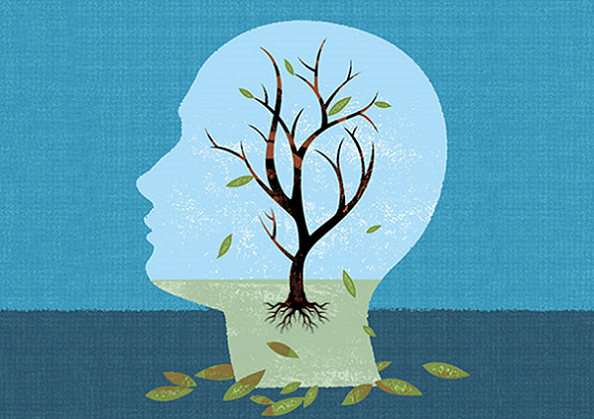
A survey by the American Academy of Orthopaedic Surgeons (AAOS) and the American Orthopaedic Society for Sports Medicine found that “parents have unrealistic expectations for their children to play professionally”. The AAOS notes that “the increased phenomenon of sports specialisation begs the question of who is driving this trend?”, gently suggesting that the issue lies with sports bodies themselves.
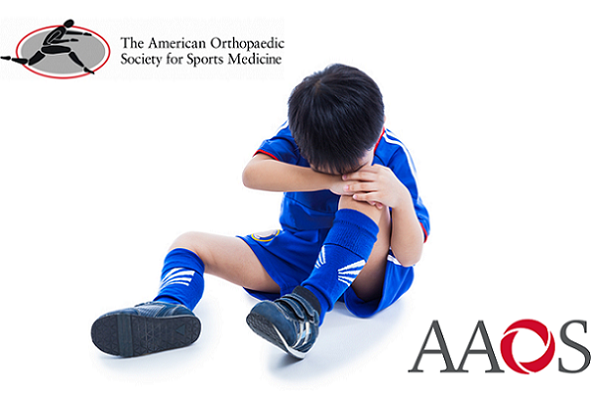
By promoting the elite as the pinnacle of sporting performance, New Zealand’s various sporting codes may wish to consider the role they are playing in creating the social behaviour which is driving the growing injury trend among youth.
Some sporting codes are attempting to separate their elite programmes from their participation programmes, in doing so assuming that this will assuage the unfulfilled aspirations of those not selected by their talent identification programmes. This is unlikely to be the case when participation is promoted as second-prize in terms of opportunity, incentive and recognition.
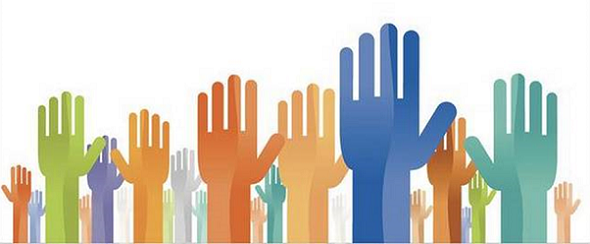
Until there are distinct parallel pathways for both amateur and professional participants in sport, the only effect will be a decline in community participation at the expense of elite development. While the past successes of New Zealand sport were built on its egalitarianism, its future success is no longer a given.
Te Toitu Breathes Life Into Poneke ...
Darts, ballet, fencing, martial arts, Scottish dance, yoga and softball are now all part of the community mix at the Toitu Poneke Community & Sports Centre in Kilbirnie, Wellington. Of note, the development of the new facility (colloquially known as "thehub") has provided a fresh community interest in the Poneke Football Club, which has been based at the Kilbirne Recreation Ground since the late 1950’s.
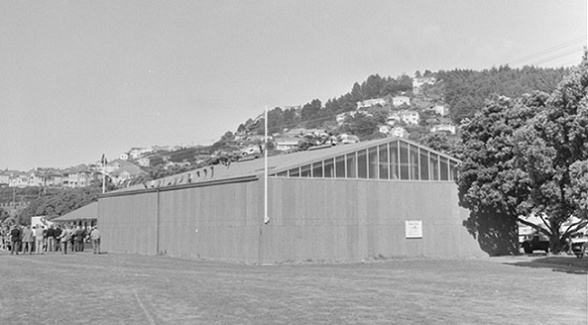
(The opening of the Poneke Gymnasium, in 1958)
The initial construction of the Kilbirnie Recreation Ground was completed in 1918, at which time it was primarily a soccer ground. The following year, three of the four new grounds were allocated to Rugby Union, on the ground’s current configuration.
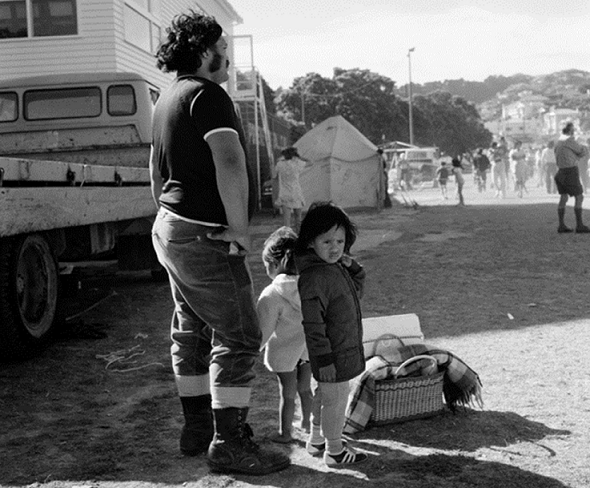
(The Kilbirnie Recreation Ground has long been a key hub for community sport)
Poneke's "training centre" in the early days, was a gymnasium on Eva Street (off Dixon Street) in the central City, following which the Club fund-raised to build a new gymnasium in Hataitai. The present building on Kilbirnie Park, which is now been transformed into “thehub”, did not eventuate until after World War 2 and was constructed in 1958.
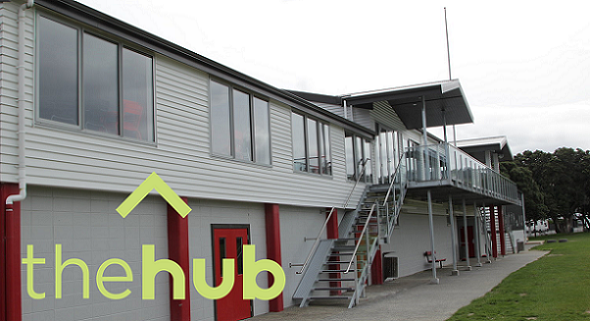
(The renovated community facility, built on the original Poneke Gymnasium)
From The Archives ...
A GREAT SUCCESS
AUCKLAND STAR, VOLUME LX, ISSUE 119, 22 MAY 1929
“The Minister of Education, the Hon. H. Atmore, remarked upon the intense interest throughout the world that was now being taken in tennis. Sport, he said, was a wonderful agency for linking nations together. He and his Department looked on sport as one form of education, believing in the principles of a sound mind in a sound body. Club membership figures showed what a hold tennis had on the people of New Zealand. The game was an admirable one for the young, in that it developed qualities needed in adult life, and his Department, he could assure them, would be liberal in its dealings with the numerous requests for subsidies for school tennis courts.”
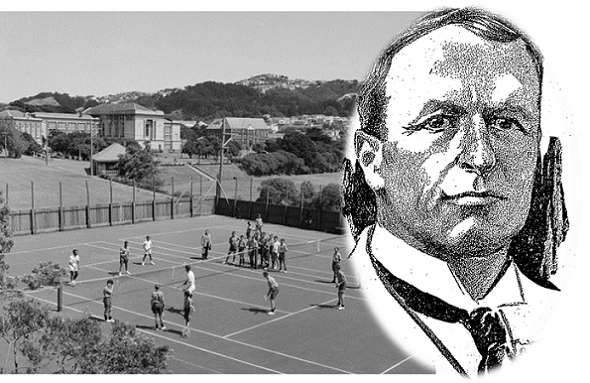
In the era before secondary school sport became a shop-window for many commercial sporting enterprises, the Ministry of Education recognised the importance of organised sport in developing the qualities for youth to participate fully in adult life. Harry Atmore's primary concern when appointed Minister of Education in 1928 was that every child in New Zealand should have the opportunity to develop his or her full potential.
Atmore represented Nelson in Rugby Union, was a member of the Nelson Athletic and Cycling Club and acquired a love of outdoor pursuits that characterised him all his life. In 1919 he was elected for Nelson as an "independent MP" (although he usually voted in support of the Labour party) and he remained Nelson's representative for the next 27 years.
The Final Word ...
“As the render is to the building, so sport is to social existence.”
(Will Self)